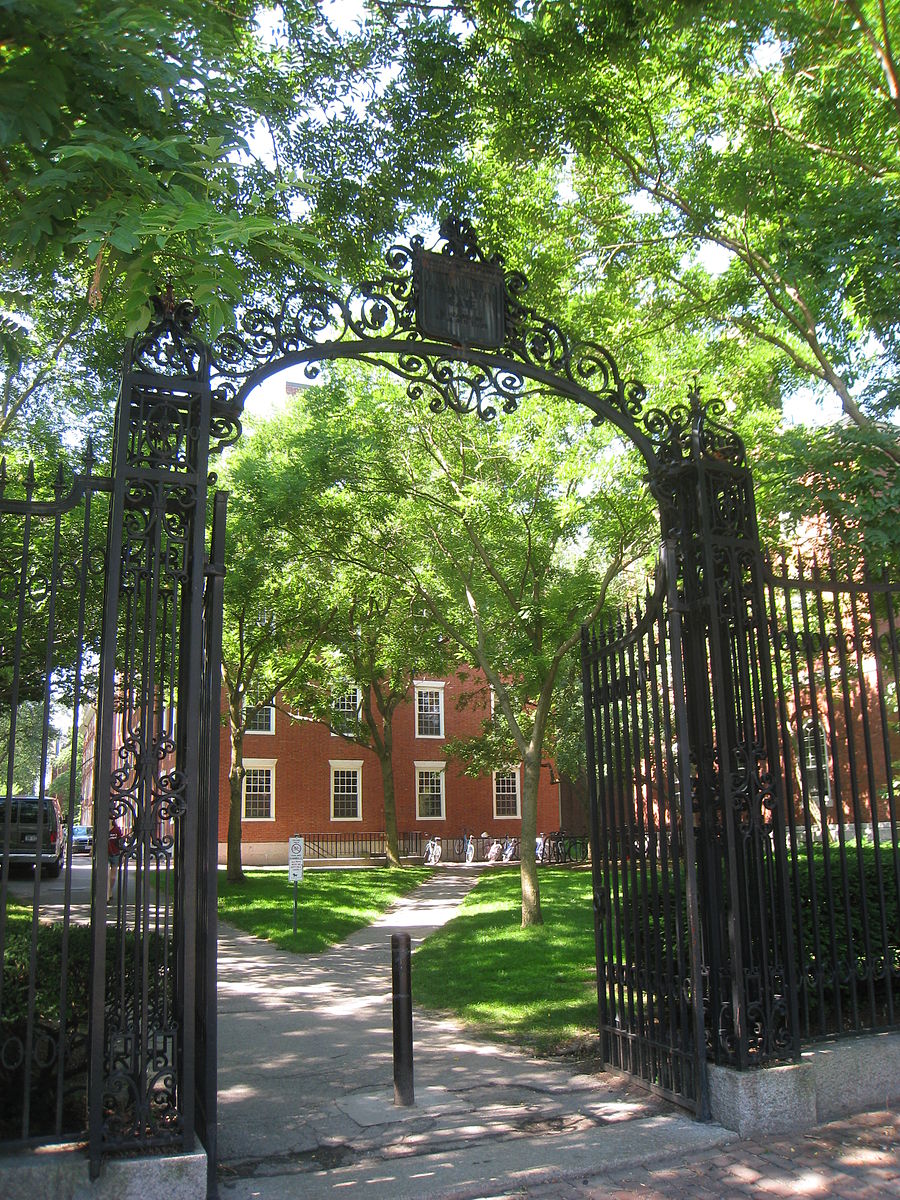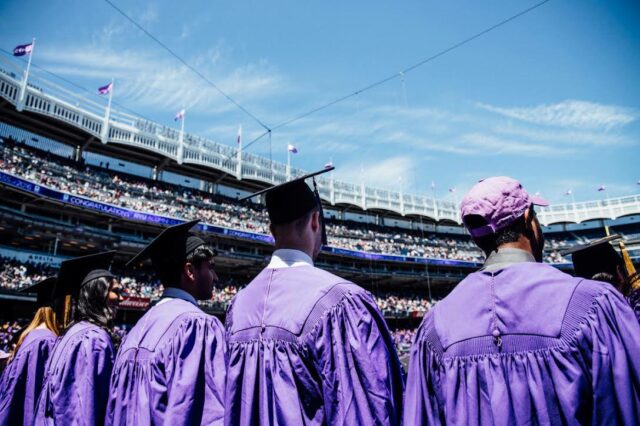By Alison Glaser, Contributing Editor
The current lawsuit Students for Fair Admissions v. Harvard fills me with complex, contradictory feelings. On the one hand, I recognize that this case could set a precedent for the dismantling of affirmative action—a policy that I wholeheartedly support. Colleges must build diverse student bodies with intention. Admissions offices must offer advantages to different kinds of students in order to be an engine of social progress and change; in order to expose students to different perspectives; in order to address the systemic oppression that deprives Black and Brown students of opportunity; in order to populate classes, sports teams, and research labs.
While diversity on college campuses is necessary and beneficial, a diverse student body will not just manifest on its own. Admissions offices must “construct†diversity. The idea is that “constructed†diversity will eventually level the playing field for diversity to occur naturally.
On the other hand, as a half-Japanese American woman, I feel queasy about Harvard’s admissions process, which allegedly perpetuates tired stereotypes about Asian Americans by assigning them less favorable “personal ratings.†This personal ratings system—meant to evaluate traits like humor, leadership, and character—is vague, ranging on a numeric scale from one for “outstanding,†to five for “questionable personal traits.â€
The lawsuit focuses on whether Harvard violated the Civil Rights Act by discriminating against Asian American applicants. In an analysis of more than 160,000 student records, Asian Americans on the whole received less favorable personal ratings. Linking personality to race is indefensible, textbook-definition racism. While the details on how these ratings are factored are hazy, it is a pervasive stereotype that Asian Americans lack social skills and leadership. This stereotype may have led admissions officers to rank Asian American applicants lower on this scale, perhaps viewing Asian Americans as one-dimensional, overachieving, and ultimately interchangeable. This easy, sweeping dismissal of an entire ethnic group—even in noble pursuit of creating a diverse class—makes me angry.
At the same time, I recognize this lawsuit for what it really is: a Trojan horse whose real purpose is to harm affirmative action. The case capitalizes on the (justifiable) anger of Asian American students to make the same old argument that the process of college admissions is unfair to Whites. This ulterior motive is clear, in part because the leader of Students for Fair Admissions is Ed Blum, the legal strategist and conservative activist who has fought against the use of race at other colleges, including the notorious 2016 Supreme Court case Fisher v. University of Texas. Blum is historically not a champion for Asian Americans, and it seems he is using Asian American students as a pawn to change the optics of the traditional affirmative action conversation.
Winifred Kao, a lawyer at the Asian Law Caucus, put this manipulation in context, saying that Blum, through this case, is “using Asian Americans as a wedge, as we’ve often been used, throughout our racial and civil-rights history.â€Â
Although Judge Allison Burroughs is focusing specifically on whether Harvard is discriminating against Asian American students, the outcome will set a precedent for broader rulings on affirmative action—especially if the case is appealed to the Supreme Court (which is likely). The ruling could lead to a sweeping, drastic upheaval of how elite schools use race in admissions.
Ultimately, I believe this lawsuit is a dangerous threat to affirmative action. However, we should take it as a sign that affirmative action could work better by recognizing that dissimilar privilege exists across Asian American applicants.
This lawsuit should be a wake-up call, not on whether affirmative action should be used, but on how it should be used. Yes, we must keep affirmative action in place: America is not ready for race-blind admissions or hiring. Without a race-conscious lens, elite American institutions would be populated mostly with privileged White and Asian American folks.
But Harvard’s current use of affirmative action is clumsy at best – and offensive at worst. Harvard’s treatment of Asian Americans as a monolith is reflective of our country’s treatment of Asian Americans. Asian Americans and Pacific Islanders, the population that the U.S. generally clumps together as one demographic, is comprised of more than 17 million members of nearly 50 different races and ethnicities. “Asian American†as the catch-all for ethnic groups ranging from Taiwanese to Hmong is reductive, dismissive of the enormous diversity within the Asian American and Pacific Islander community. This diversity takes multiple forms: culture, educational attainment, socioeconomic status, and employment rates. Although “Asian American†as an aggregated group comprises the highest share of college graduates, the breakdown varies enormously across subcategories. Taiwanese Americans have the greatest share of people with a BA or higher (74.5% of the population aged 25 and older), while other subcategories such as Hmong or Laotian Americans hover around 15%.
These admissions standards are hurting the children of working-class Asian immigrants the most, particularly those that fall into less privileged ethnic subcategories. American institutions like elite colleges must start disaggregating data collected on Asian Americans and Pacific Islanders. Doing so will encourage nuance, discredit stereotypes, and help meet the needs of diverse communities. And disaggregation could be applied to other large, varied, “mosaic†populations that are also treated as a monolith, such as the Hispanic/Latino community. Affirmative action can and should work more effectively for those who need it most.
Indeed, Asian Americans and Pacific Islanders from different groups have notably different experiences—and it’s time for American institutions to start recognizing this.




